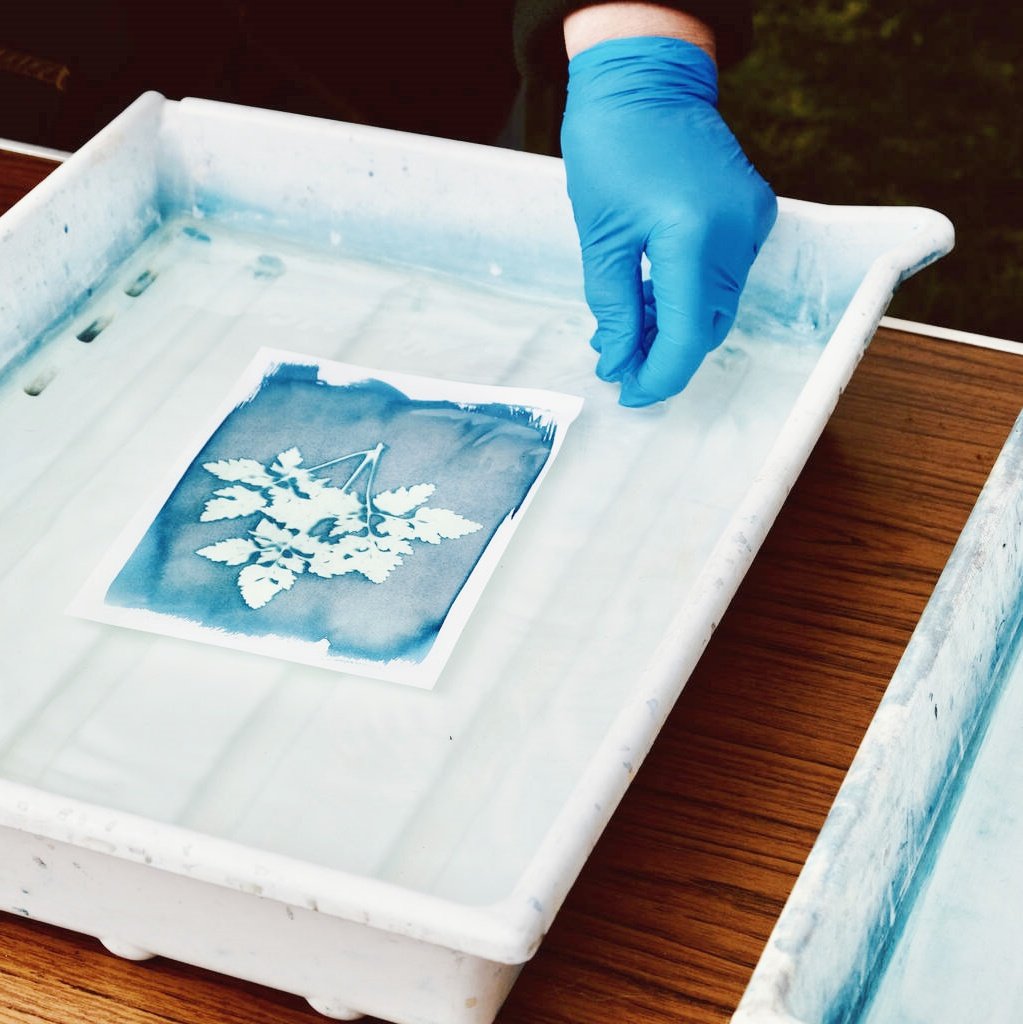In the procurement process of Plastisol Ink, both newcomers and experienced printers may encounter challenges. To ensure that you can smoothly purchase high-quality Plastisol Ink, this article will delve into the common issues that may arise during the purchase of Plastisol Ink and provide practical solutions.
I. Understanding the Basic Properties of Plastisol Ink
Before purchasing Plastisol Ink, it is crucial to understand its basic properties. Plastisol Ink is composed of resins, pigments, plasticizers, and fillers. It exhibits excellent color brightness, weather resistance, and good adhesion to various substrates. It is usually liquid at room temperature and transforms into a solid state upon heating, forming a tough and durable printed layer. Understanding these properties will help you choose the right ink type to meet specific printing needs.
II. Selecting the Right Plastisol Ink Printer and Printing Machine
Choosing the right Plastisol Ink printer and printing machine is key to ensuring print quality. Various types of printers and printing machines are available on the market, such as screen printers, thermal transfer printers, etc., each with its unique advantages and applications. When purchasing, consider your printing needs, budget, as well as the compatibility and maintainability of the equipment. Additionally, understanding the supplier’s after-sales service and technical support is also crucial.
Common Issue 1: How to Choose the Suitable Printing Equipment?
Solution: First, clarify your printing needs, including substrate type, color requirements, print volume, etc. Then, communicate with suppliers to understand the performance parameters, prices, and customer evaluations of different equipment. Finally, conduct equipment testing or trials to ensure that the equipment meets your expectations.
Common Issue 2: Equipment Failures or Maintenance Issues?
Solution: When purchasing equipment, ensure that the supplier provides comprehensive after-sales service and technical support. Understand the warranty period, repair process, and emergency repair response time of the equipment. Meanwhile, regularly maintain and service the equipment to extend its lifespan and reduce the occurrence of failures.
III. Common Issues and Solutions in the Purchase Process of Plastisol Ink
Common Issue 3: Large Price Variations, How to Choose the Right Price?
Solution: The price of Plastisol Ink is influenced by multiple factors, such as raw material costs, brand reputation, production processes, etc. When purchasing, compare prices from different suppliers and consider product quality, after-sales service, and the potential for long-term cooperation. Choose a product with high cost-effectiveness, not just the lowest price.
Common Issue 4: How to Ensure the Reliability of Purchased Plastisol Ink Quality?
Solution: Before purchasing, understand the supplier’s quality inspection standards and certifications. Request sample testing or trials from the supplier to verify the printing effect and color stability of the ink. Additionally, partnering with suppliers with good reputations and credibility is key to ensuring quality.
Common Issue 5: Potential Problems During Transportation and Packaging?
Solution: Ensure that the supplier provides safe packaging and transportation services. Understand the temperature and humidity requirements for the ink during transportation, as well as possible damage risks. Consult with the supplier to develop an emergency plan to address potential transportation delays or damage.
Common Issue 6: Payment Methods and Payment Security Issues?
Solution: Choose reliable payment methods, such as credit cards, bank transfers, or third-party payment platforms. Ensure that secure network connections are used during the payment process and avoid making payments on public networks. Confirm payment details with the supplier and retain payment receipts for future reference.
Common Issue 7: Opaque Order Tracking and Logistics Information?
Solution: Ensure that the supplier provides real-time order tracking services. Understand the name of the logistics company, contact information, and estimated delivery time. After the order is dispatched, regularly check the logistics information to track the order status. If needed, communicate with the supplier or logistics company promptly to resolve any issues.
Common Issue 8: Inadequate Return and Exchange Policies and After-Sales Service?
Solution: Before purchasing, understand the supplier’s return and exchange policies and after-sales service terms. Ensure that quality inspections are conducted promptly after receiving the ink and retain relevant evidence for potential returns or exchanges. Establish a stable cooperative relationship with the supplier to obtain timely support and solutions when issues arise.
IV. Storage and Usage Precautions for Plastisol Ink
Correct storage and usage methods are crucial for maintaining the quality and printing effect of Plastisol Ink. Please follow these suggestions:
- Store the ink in a cool, dry, well-ventilated place, avoiding direct sunlight and high temperatures.
- Regularly check the shelf life of the ink and use it within the validity period.
- Stir the ink thoroughly before use to ensure color uniformity.
- Adjust the viscosity of the ink according to printing needs to achieve the best printing effect.
- After use, promptly clean the printing equipment and tools to avoid ink residue causing equipment damage or printing quality issues.
V. Case Studies: Experience Sharing on Successful Purchases and Uses of Plastisol Ink
The following are some cases of successful purchases and uses of Plastisol Ink, which will provide you with valuable experience and inspiration:
Case 1: When purchasing Plastisol Ink, a printing factory compared the product quality, prices, and after-sales service of different suppliers and ultimately chose a reputable supplier. During use, they followed the correct storage and usage methods and regularly maintained and serviced the equipment. Consequently, their print quality significantly improved, and customer satisfaction increased substantially.
Case 2: A clothing manufacturer encountered issues with price variations and inconsistent quality when searching for suitable Plastisol Ink. Through in-depth communication with suppliers and visiting production factories, they ultimately selected a cost-effective ink. During use, they found that this ink not only exhibited bright colors and good weather resistance but also had strong adhesion to fabric surfaces. This made their clothing products more competitive in the market.
VI. Conclusion and Recommendations
In the process of purchasing Plastisol Ink, you may encounter various challenges. However, by understanding the basic properties of the ink, selecting the right printing equipment and machines, paying attention to common issues and solutions during the purchase process, and following correct storage and usage methods, you can smoothly purchase high-quality Plastisol Ink and achieve satisfactory printing results.
1. Deeply Understand the Properties and Needs of Plastisol Ink
Before purchasing, ensure that you understand the basic properties of Plastisol Ink and your printing needs. This will help you choose the right ink type and equipment.
2. Partner with Reputable Suppliers
Choosing a supplier with a good reputation and credibility is key to ensuring quality and after-sales service. Establish a stable cooperative relationship with the supplier to obtain timely support when issues arise.
3. Pay Attention to Details and Terms in the Purchase Process
During the purchase process, carefully read the contract and terms, ensuring that you understand the price, payment method, transportation and packaging requirements, return and exchange policies, etc.
4. Follow Correct Storage and Usage Methods
Correct storage and usage methods are crucial for maintaining the quality and printing effect of Plastisol Ink. Follow the supplier’s recommendations and regularly conduct quality inspections.
Conclusion: By following the above recommendations, you can smoothly purchase high-quality Plastisol Ink and achieve satisfactory printing results. Whether you are a newcomer or an experienced printer, you can gain practical guidance and advice from this article.


